Everything You Ever Wanted to Know About Cauliflower
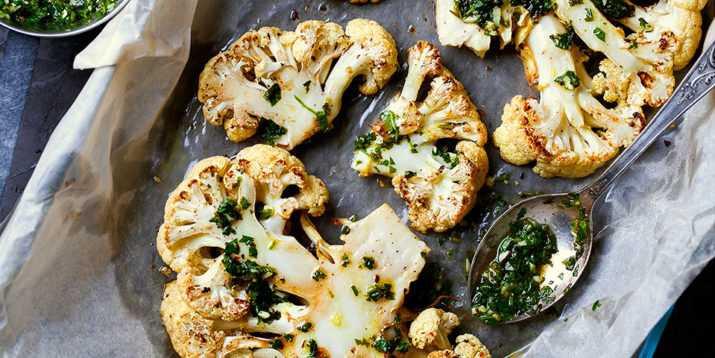
Cauliflower doesn’t always get a lot of love. When you’re trying to “eat the rainbow,” this white cruciferous veggie — a cousin to broccoli and Brussels sprouts — might get overlooked in favor of more colorful options.
But don’t underestimate the nutritional value of cauliflower.
“Although cauliflower is a white-colored food, which is often associated with fewer nutrients, cauliflower is very nutritious!” says Quyen Vu, M.S., R.D. If you’ve been bypassing cauliflower on your weekly shopping trip, you may want to give it another look.
Here are all the health benefits of cauliflower and the best ways to add it to a healthy diet.
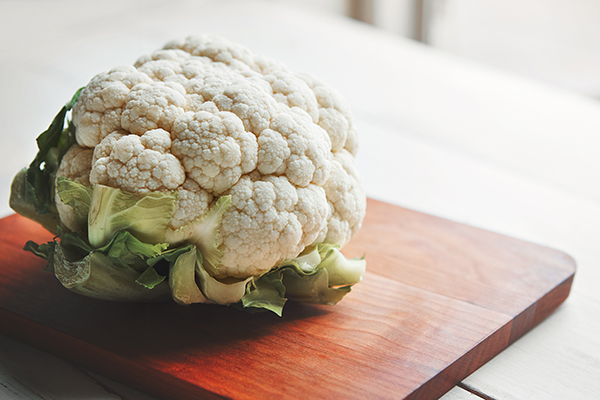
Cauliflower Nutrition Facts
If you’re trying to determine if a food is healthy, consider its nutrient density — the ratio of beneficial nutrients to the calorie content.
“Cauliflower ranks super high by this parameter,” says registered dietitian Mindy Haar, PhD, RDN, clinical associate professor and chair of interdisciplinary health sciences at New York Institute of Technology.
A cup of raw cauliflower has just 27 calories, but it provides dietary fiber, vitamin C, vitamin K, potassium, magnesium, calcium, and iron.
In fact, a cup of cauliflower has around the same amount of vitamin C as a small orange!
Health Benefits of Cauliflower
Not only does cauliflower provide some important nutrients, but it’s a versatile veggie that can make it easier to cook healthy meals at home.
“Aside from providing essential nutrients, cauliflower can be used in cooking in a myriad of ways to substitute for less nutrition-packed ingredients,” Haar says. “This can lead to an overall reduction of calories and fat in daily intake — especially since cauliflower is filling and can increase satiety.”
For example, Vu says, swap out a cup of cooked white rice (242 calories) and replace it with a cup of cauliflower “rice” (27 calories) and you’ll save more than 200 calories.
Cauliflower also provides phytonutrients, naturally-occurring compounds with anti-inflammatory and antioxidant properties.
“Cauliflower is beneficial for your diet because it specifically contains the flavonoid anthoxanthin, which gives it the white or pale yellow color,” Vu says.
And the 2 grams of fiber in each serving of cauliflower can help you get closer to your daily fiber goals. Getting enough fiber in your diet can help with weight loss, and fiber also supports digestive health and heart health.
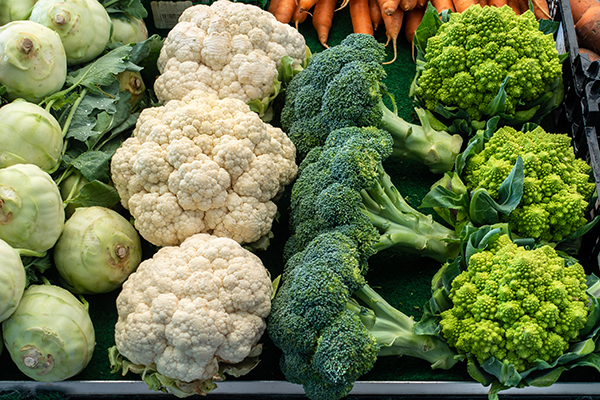
4 Tips for Choosing a Good Cauliflower
Ready to give cauliflower a try? Here are a few simple tips:
- If you’re shopping at a local farmer’s market, look for cauliflower in the fall, when it’s in season. (But you can find it year-round in the produce aisle!)
- Select a cauliflower that has a compact head (called a “curd”) with a consistent creamy-white color and bright green leaves attached at the base, according to the Produce for Better Health Foundation. Skip any heads that have brown spots or loose sections.
- Cauliflower at the grocery store often comes packaged in a plastic bag. When you get home, be sure to open the bag or add a paper towel to avoid trapping moisture, which can lead to rot.
- A whole head of cauliflower can last up to a week in the refrigerator, while pre-cut florets may stay fresh for 3 to 4 days.
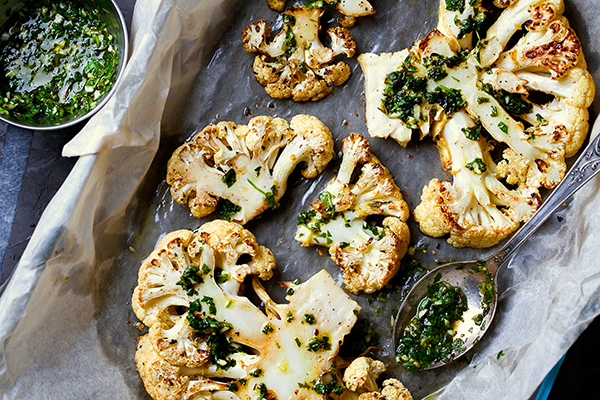
How to Incorporate Cauliflower in Your Diet
Because of cauliflower’s relatively neutral flavor, it can be used in a variety of dishes and flavored in a number of ways. Cauliflower can be enjoyed raw on a crudité platter, steamed, boiled, roasted, baked, or riced.
Here are a few delicious ways to add this veggie to your meal plan.
Roasted Cauliflower
One of the easiest ways to prepare cauliflower is by roasting it in the oven. Chop cauliflower into florets or slice it into “steaks,” then toss with a bit of olive oil and add your favorite seasoning blends.
“My favorite way to eat cauliflower is tossed in some olive oil, garlic powder, paprika, salt, and pepper,” Vu says. “Put it in the oven at 400F for 20 minutes or until golden brown.”
Or try Haar’s preferred blend of turmeric and dried chopped onion. Here are a few more roasted recipes to try:
- Cheesy Cauliflower Nachos
- Buffalo Cauliflower Bites With Blue Cheese Sauce
- Roasted Cauliflower Steaks with Fresh Gremolata
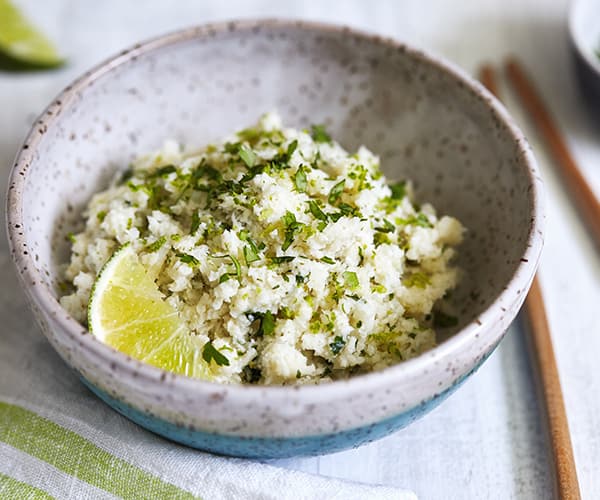
Cauliflower “Rice”
If you’re trying to cut down on carbs, replace white or brown rice with cauliflower “rice” instead.
“You can purchase cauliflower rice in basically any major grocery store now, in the frozen or refrigerated ready-prepared section,” Vu says. “If you can’t find it in the store, you can easily make your own by chopping up a head of cauliflower and pulsing it in the food processor or blender.”
Here are three tasty ways to use cauliflower rice:
- Coconut and Lime Cauliflower Fried Rice
- Jamaican Coconut Shrimp and Cauliflower Rice
- Vegan Cauliflower Rice and Broccoli Gratin
Cauliflower Swaps
Cauliflower can stand in for so many other ingredients, so get creative! Add riced cauliflower to ground meat for a healthier burger, or try making your own gluten-free cauliflower pizza crust.
Here are a few more recipes to try:
Looking for even more ideas? Check out these 17 cauliflower recipes your family will love.
